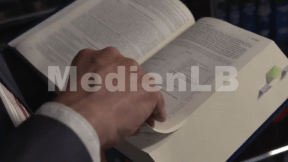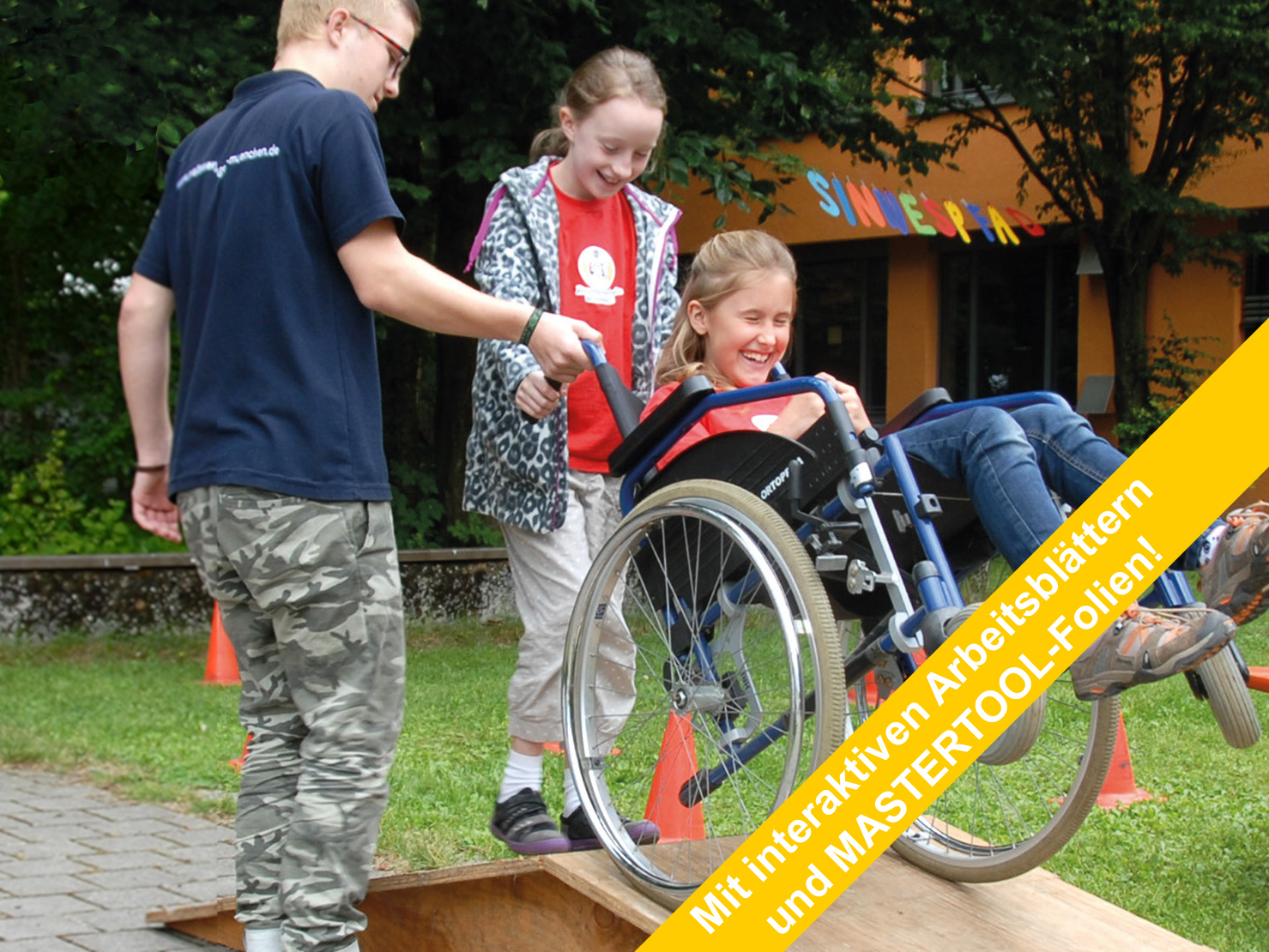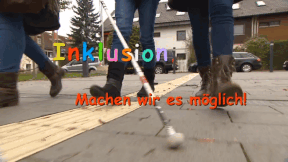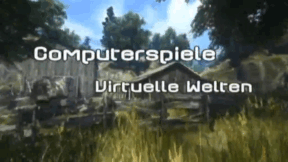 Artistry
Artistry


4677103 / 5564394
Art of Building
Eras of Architecture
If you want to tell the story of architecture, you have to go back to the very beginning of humanity.
To the so-called Neolithic Age, which was around 5500 BC.
Instead of constantly roaming the country and stopping where is was convenient, people became sedentary and began to build primal habitations to be protected from cold, rain and wild animals.
Although people at that time did not design their shelters on paper yet, let alone were concerned about statics, the first beginnings of architecture are found in these habitations.
These first dwellings were mostly made of wood and clay.
Interestingly enough, buildings at religious places were erected from stone already back then, and there was a very specific reason for it.
You find the answer and at the same time the first architectural steps of mankind in a famous building from those times.

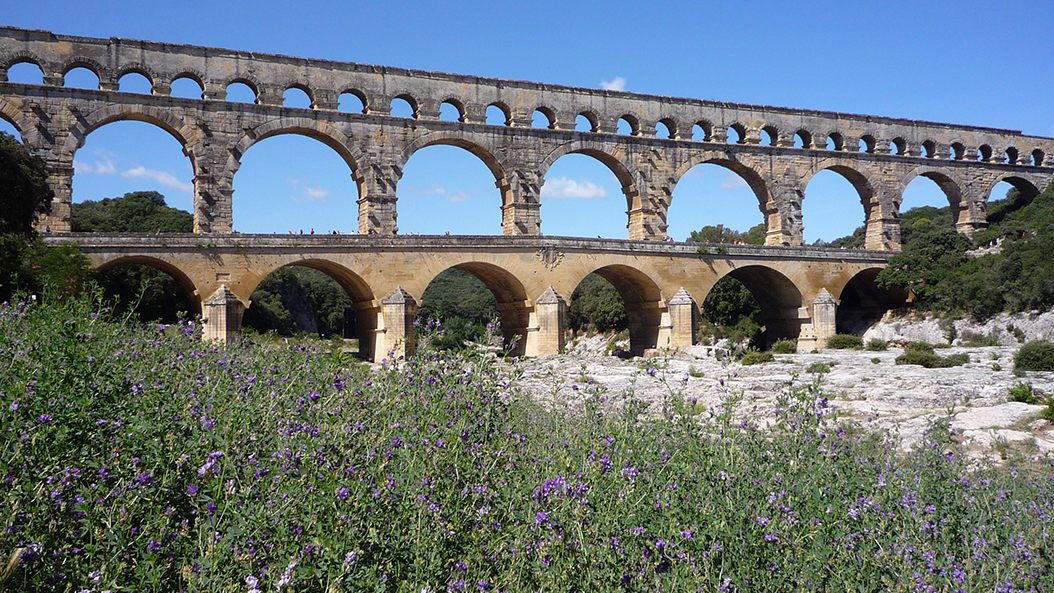
Curriculum-centred and oriented towards educational standards
Matching
Rights and Obligations
Three girls of different ages: Anna is 17, Paula 15 and Lena 13. Before the law, their respective ages have consequences – because children and adolescents have different rights and also obligations.
Inclusion
Madita is eleven and blind. She does not want to go to a special school but to a regular grammar school. She says she feels "normal" there. Jonathan is eight and has a walking disability. He likes going to the school where he lives. Here, his best friend sits next to him. Max Dimpflmeier, a teacher who is severely deaf, explains that school life is not easy. Quote Max Dimpflmeier: "You don't want to attract attention, you want to avoid saying that it is necessary for you that 70 people adjust to your situation." People on their way to inclusion.
Computer Games
This film covers the topic of computer games in a variety of ways and from many different angles. Apart from the fascina- tion of computer games for users, the historical development as well as the production of computer games are described. The established genres are introduced, the guidelines of the German BPjM are explained. In light of recent public discussions, a neutral overview of the pros and cons of playing computer games is given, and different kinds of player behaviour are outlined. In this film, the pupils will recognise many aspects of their favourite pastime that encourage an independent, constructive use of this medium and reinforce their media competency. The film and teaching material are very closely related to the real-life situation.





